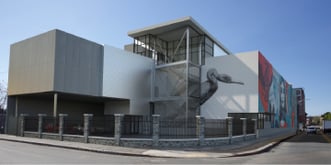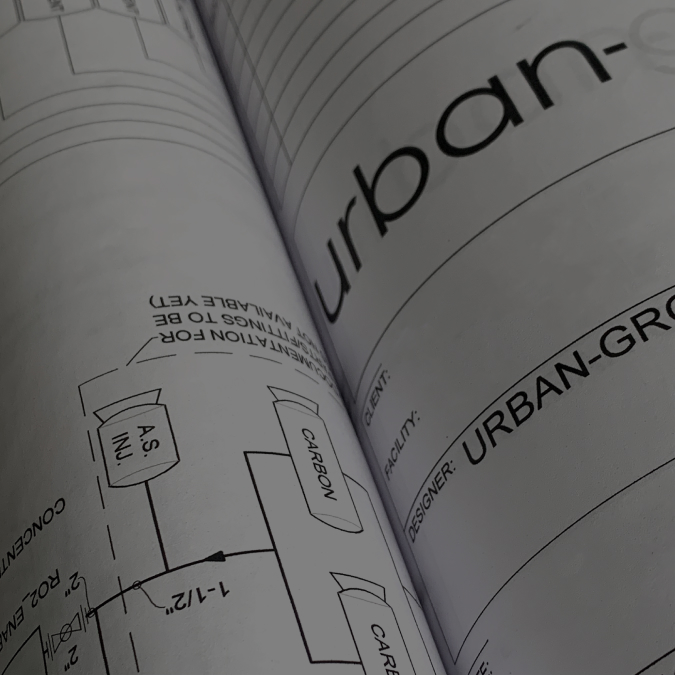The cannabis industry is undergoing rapid change. In 2013, the market was such that you could build anything (within reason) and make money. Utilizing mechanical systems like mini-splits or standard DX—both supported with supplemental dehumidification—really weren’t bad options because the price of flower supported any level of yields.
Facility layouts didn’t matter either. Most facilities were design by consultants who weren’t really qualified to design facilities. The problem was that back then architects and engineers weren’t qualified either. Architects knew buildings and lean manufacturing principals, but they didn’t know cultivation. Engineers didn’t understand plants and transpiration and the various systems’ ability to address temperature and humidity in latent and sensible situations.
Fast forward to 2023. The price of flower in mature markets is dropping. Using Massachusetts as an example, a year ago flower averaged $4,500 a pound wholesale. Today operators are lucky to get $2,000 a pound for top shelf product while mid-grade product averages about $800 a pound. Utilizing these numbers, it’s easy to see how quality and quantity impact revenue.
Let’s create an example for comparison, realizing there are always examples outside of the norms. Let’s assume we have two facilities with the same layout. For mechanical, Facility A utilizes standard DX with supplemental dehumidification. Facility B utilizes a 4-pipe air-cooled chiller system. Air distribution from both systems is through ductwork. Dehumidification via supplemental units is at the unit location. The air is drawn into the unit and distributed from the unit. Distribution of the dehumidified air is based on air movement within the room created by wall and/or ceiling mounted fans. Utilizing a 4-pipe system, dehumidification is accomplished as part of the systems environmental control. Air distribution throughout the room via ductwork is correct for temperature and humidity. Thereby, utilization of a properly designed 4-pipe system will generally provide a more accurate and level control of environmental parameters throughout the room. This is also true based on the system operation utilizing values that adjust flow versus the DX systems cycling on and off.
Based on historical data, Facility A will produce somewhere between 50 – 60 grams / sq. ft. per harvest. Facility B will produce somewhere between 65 – 75 grams / sq. ft. per harvest. Using averages, we’ll assume 55g/sf for Facility A and 70g/sf for Facility B. Let’s assume our facility has 8,000 sq. ft. of flower canopy spread over eight 1,000 sq. ft. canopy rooms. Let’s also assume our cultivation methodology runs on an eight-week harvest schedule. We’ll factor in two weeks of lost time over the course of the year for cleaning, flipping rooms, and other maintenance and operational needs. Based on the above, Facility A will have an annual production of 5,064 lbs. while Facility B will yield 7,726 lbs. With the systems utilized as noted above, Facility A produces mid-grade products with an annual revenue from flower at approximately $4,051,200 while Facility B, with its top shelf flower, would generate approximately $15,452,000.
The decision to utilize lower grade systems is generally based on capital investment. In our example, we can say the only variable is the mechanical equipment. Utilizing our 8,000 sq. ft. of flower canopy in each facility we can assume a total canopy of 11,400 sq. ft. Utilizing an efficiency factor of 74% our total room square footage would equate to around 15,400 sq. ft. Based on these assumptions, we can look at the potential difference in CapEx based on standard DX vs a 4-pipe air-cooled chiller system. For Facility A our cultivation investment would cost around $2,233,000 while Facility B would equate to about $4,774,000. Looking only at these systems as the difference, we can also anticipate Facility B having operational savings based on a lower operational cost while also having the advantage of potential energy rebates.
Informed Decision-Making for Cultivation Projects
The early investigation of capital investment, operational cost, potential rebates, maintenance costs, potential yields, and product quality should all be topics of discussion before determining a direction forward. Let the seasoned experts at urban-gro guide you during the design phase to make informed decisions based on proven experience on over 1,000 CEA projects.
Contact us to get the conversation started.



